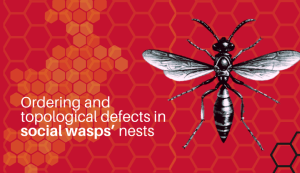Shivani Krishna is an Assistant Professor of Biology. She completed her Ph.D. from Indian Institute of Science Education and Research (IISER)-Thiruvananthapuram working on plant-animal interactions and plant reproductive ecology in the evolutionarily unique freshwater swamp forests in the Western Ghats. She continued as a bridging postdoctoral fellow examining the ecological significance of touch-sensitive stigmas in plants. She then moved to Israel as a postdoctoral fellow to insect ecology and behavior laboratory at the University of Haifa. Her work funded by Israel Science Foundation focused on learning complex flower morphologies by bumblebees.
Shivani has a master’s degree in Biodiversity and Conservation from the University of Leeds, UK. She is actively engaged in interdisciplinary and collaborative projects encompassing various fields of biology and allied areas. Her research interests lie in understanding ecological mechanisms that structure plant-animal interactions, with focus on pollination and seed dispersal.
For students interested in internships, please send your applications to shivani.krishna@ashoka.edu.in. Applications must include a CV and a one-page research statement.








